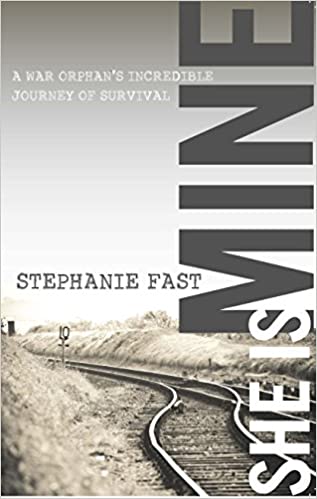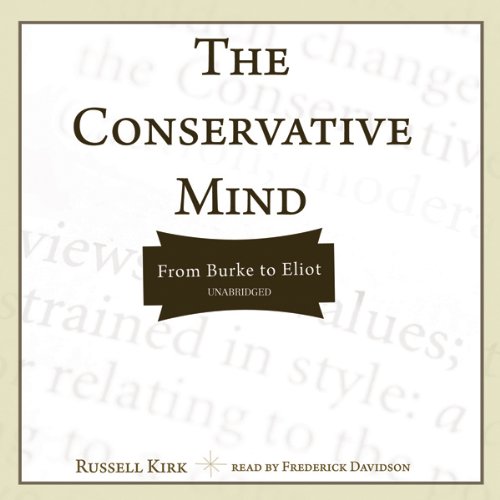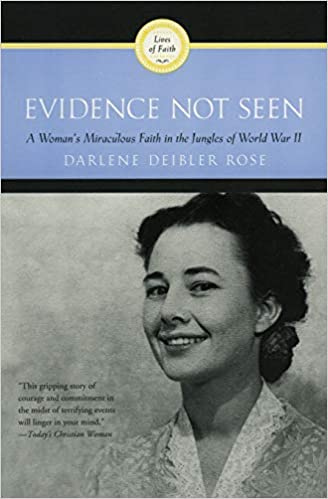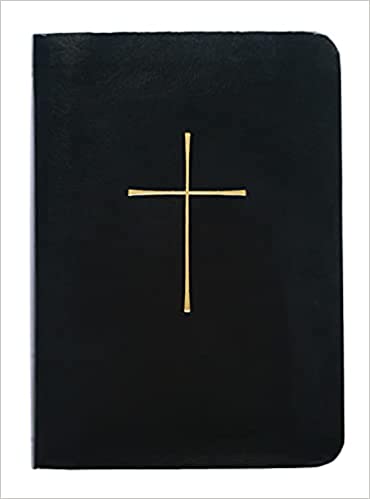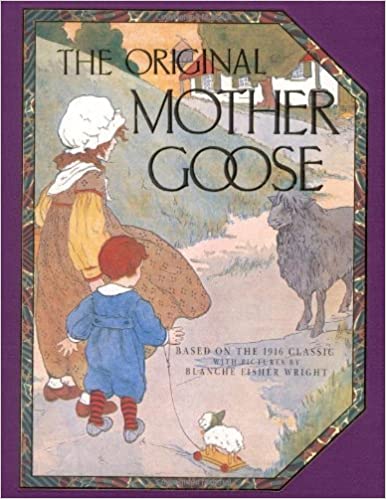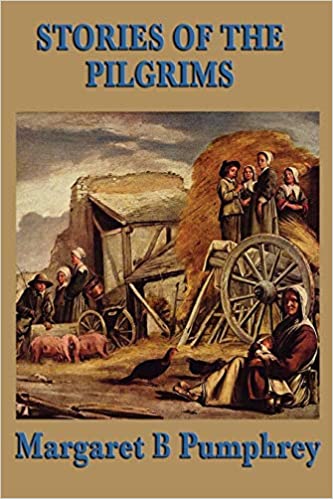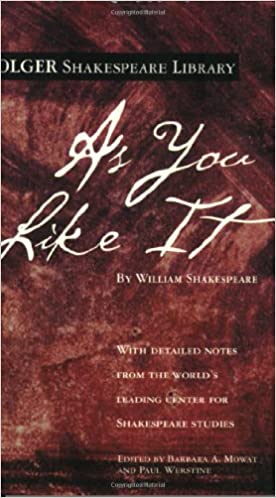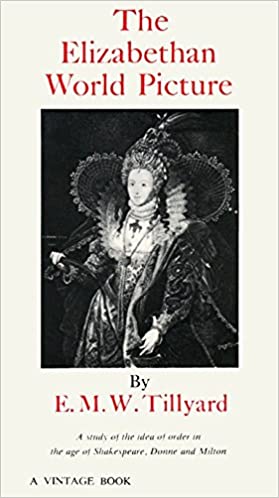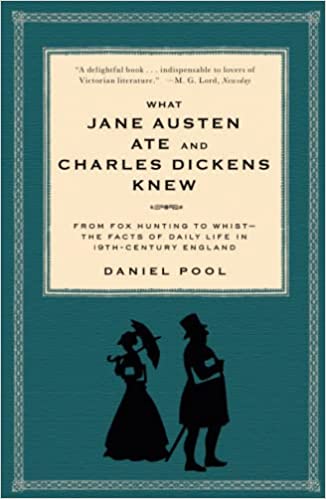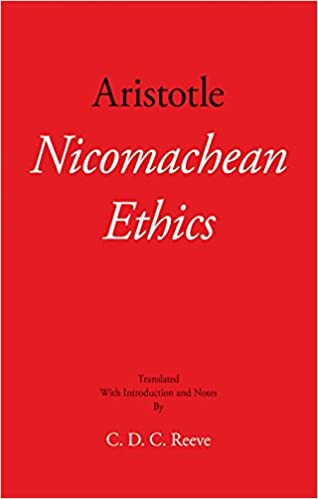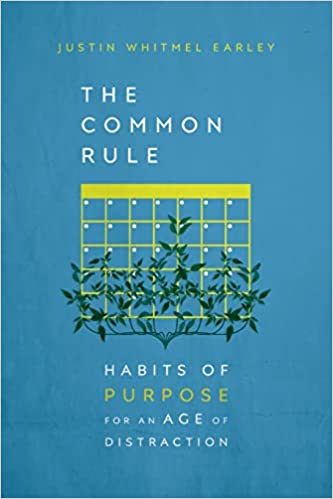She Is Mine: A War Orphan’s Incredible Journey of Survival
Her father was an American serviceman, her mother a young Korean woman confused by the ravages of war. Abandoned at age four, nameless, homeless, and utterly alone, this child roamed the bleak, war-ravaged countryside of South Korea for three years and was finally left for dead. But the Creator had other plans and revealed them through the words, "She Is Mine."
More info →The Conservative Mind: From Burke to Eliot
First published in 1953, this magnificent work will be remembered in ages to come as one of our century's most important legacies.
Written during a time when liberalism was heralded as the only political and intellectual tradition in America, there is no doubt that this book is largely responsible for the rise of conservatism as a viable and credible creed.
Kirk defines "the conservative mind" by examining such brilliant men as Edmund Burke, James Fenimore Cooper, Alexis de Tocqueville, John Quincy Adams, Nathaniel Hawthorne, Benjamin Disraeli, Cardinal Newman, George Santayana, and finally, T.S. Eliot. Vigorously written, the book represents conservatism as an ideology born of sound intellectual traditions.
More info →The Jungle
The Jungle is a 1906 novel written by the American journalist and novelist Upton Sinclair (1878–1968). Sinclair wrote the novel to portray the lives of immigrants in the United States in Chicago and similar industrialized cities. Many readers were most concerned with his exposure of health violations and unsanitary practices in the American meatpacking industry during the early 20th century, based on an investigation he did for a socialist newspaper.
The book depicts working class poverty, the lack of social supports, harsh and unpleasant living and working conditions, and a hopelessness among many workers. These elements are contrasted with the deeply rooted corruption of people in power. A review by the writer Jack London called it, "the Uncle Tom's Cabin of wage slavery.
"Sinclair was considered a muckraker, or journalist who exposed corruption in government and business. He first published the novel in serial form in 1905 in the Socialist newspaper, Appeal to Reason, between February 25, 1905, and November 4, 1905. In 1904, Sinclair had spent seven weeks gathering information while working incognito in the meatpacking plants of the Chicago stockyards for the newspaper. It was published as a book on February 26, 1906 by Doubleday and in a subscribers' edition.
A True Classic that Belongs on Every Bookshelf!
More info →Evidence Not Seen: A Woman’s Miraculous Faith in the Jungles of World War II
The True Story of One Woman's Triumph of Faith
Newlywed American missionary Darlene Deibler Rose survived four years in a notorious Japanese prison camp set deep in the jungles of New Guinea. Thinking she was never to see her husband again, Darlene Rose was forced to sign a false confession and face the executioner's sword, only to be miraculously spared.
More info →1979 Book of Common Prayer
Embossed with an elegant gold cross, the imitation leather cover comes in black or burgundy. Includes one satin ribbon marker. This is the standard Book of Common Prayer and Administration of the Sacraments and Other Rites and Ceremonies of the Church together with The Psalter or Psalms of David according to use in the Episcopal Church in the United States as authorized in 1979.
More info →The Original Mother Goose
A glorious, full-color collection of Mother Goose rhymes like "Three Blind Mice," "Humpty Dumpty," and "Mary Had a Little Lamb," featuring the classic Blanche Fisher Wright illustrations from the original 1916 The Real Mother Goose.
Filled with all your favorite nursery rhymes-from Little Bo Peep and Wee Willie Winkie to Three Blind Mice, Humpty Dumpty, and hundreds more-this beautiful keepsake volume is complete with a real cloth binding and beautiful tipped-on cover art. The perfect gift for baby showers, new parents, and the special little one in your life, this classic children's book will be a treasured part of any home library for years to come.
More info →Stories of the Pilgrims
This is a delightful and interesting account of the Pilgrims. The book explores their religious oppression in England, their escape to Holland and eventual crossing to America on the Mayflower, and their early days in New England. The Stories of the Pilgrims is soundly founded on historical facts and records, and brings the reader detailed, everyday life of those pioneering Pilgrims and their families as they struggled to survive while maintaining their faith in the New World.
More info →As You Like It
Readers and audiences have long greeted As You Like It with delight. Its characters are brilliant conversationalists, including the princesses Rosalind and Celia and their Fool, Touchstone. Soon after Rosalind and Orlando meet and fall in love, the princesses and Touchstone go into exile in the Forest of Arden, where they find new conversational partners. Duke Frederick, younger brother to Duke Senior, has overthrown his brother and forced him to live homeless in the forest with his courtiers, including the cynical Jaques. Orlando, whose older brother Oliver plotted his death, has fled there, too.
Recent scholars have also grounded the play in the issues of its time. These include primogeniture, passing property from a father to his oldest son. As You Like It depicts intense conflict between brothers, exposing the human suffering that primogeniture entails. Another perspective concerns cross-dressing. Most of Orlando’s courtship of Rosalind takes place while Rosalind is disguised as a man, “Ganymede.” At her urging, Orlando pretends that Ganymede is his beloved Rosalind. But as the epilogue reveals, the sixteenth-century actor playing Rosalind was male, following the practice of the time. In other words, a boy played a girl playing a boy pretending to be a girl.
The authoritative edition of As You Like It from The Folger Shakespeare Library, the trusted and widely used Shakespeare series for students and general readers, includes:
-Freshly edited text based on the best early printed version of the play
-Full explanatory notes conveniently placed on pages facing the text of the play
-Scene-by-scene plot summaries
-A key to the play’s famous lines and phrases
-An introduction to reading Shakespeare’s language
-An essay by a leading Shakespeare scholar providing a modern perspective on the play
-Fresh images from the Folger Shakespeare Library’s vast holdings of rare books
-An annotated guide to further reading
Essay by Susan Snyder
The Folger Shakespeare Library in Washington, DC, is home to the world’s largest collection of Shakespeare’s printed works, and a magnet for Shakespeare scholars from around the globe. In addition to exhibitions open to the public throughout the year, the Folger offers a full calendar of performances and programs. For more information, visit Folger.edu.
More info →The Elizabethan World Picture
This brief and illuminating account of the ideas of world order prevalent in the Elizabethan age and later is an indispensable companion for readers of the great writers of the sixteenth and seventeenth centuries—Shakespeare and the Elizabethan dramatists, Donne and Milton, among many others. The basic medieval idea of an ordered Chain of Being is studied by Professor Tillyard in the process of its various transformations by the dynamic spirit of the Renaissance. Among his topics are: Angels; the Stars and Fortunes; the Analogy between Macrocosm and Microcosm; the Four Elements; the Four Humours; Sympathies; Correspondences; and the Cosmic Dance—ideas and symbols which inspirited the minds and imaginations not only of the Elizabethans but of all men of the Renaissance.
More info →What Jane Austen Ate and Charles Dickens Knew
A “delightful reader’s companion” (The New York Times) to the great nineteenth-century British novels of Austen, Dickens, Trollope, the Brontës, and more, this lively guide clarifies the sometimes bizarre maze of rules and customs that governed life in Victorian England.
For anyone who has ever wondered whether a duke outranked an earl, when to yell “Tally Ho!” at a fox hunt, or how one landed in “debtor’s prison,” this book serves as an indispensable historical and literary resource. Author Daniel Pool provides countless intriguing details (did you know that the “plums” in Christmas plum pudding were actually raisins?) on the Church of England, sex, Parliament, dinner parties, country house visiting, and a host of other aspects of nineteenth-century English life—both “upstairs” and “downstairs.
An illuminating glossary gives at a glance the meaning and significance of terms ranging from “ague” to “wainscoting,” the specifics of the currency system, and a lively host of other details and curiosities of the day.
More info →Nicomachean Ethics
An excellent new translation and commentary. It will serve newcomers as an informative, accessible introduction to the Nicomachean Ethics and to many issues in Aristotle’s philosophy, but also has much to offer advanced scholars. The commentary is noteworthy for its frequent citations of relevant passages from other works in Aristotle’s corpus, which often shed new light on the texts. Reeve’s translation is meticulous: it hits the virtuous mean--accurate and technical, yet readable--between translation’s vicious extremes of faithlessness and indigestibility.--Jessica Moss, New York University
More info →The Common Rule
Habits form us more than we form them.
The modern world is a machine of a thousand invisible habits, forming us into anxious, busy, and depressed people. We yearn for the freedom and peace of the gospel, but remain addicted to our technology, shackled by our screens, and exhausted by our routines. But because our habits are the water we swim in, they are almost invisible to us. What can we do about it?
The answer to our contemporary chaos is to practice a rule of life that aligns our habits to our beliefs. The Common Rule offers four daily and four weekly habits, designed to help us create new routines and transform frazzled days into lives of love for God and neighbor. Justin Earley provides concrete, doable practices, such as a daily hour of phoneless presence or a weekly conversation with a friend.
These habits are “common” not only because they are ordinary, but also because they can be practiced in community. They have been lived out by people across all walks of life―businesspeople, professionals, parents, students, retirees―who have discovered new hope and purpose. As you embark on these life-giving practices, you will find the freedom and rest for your soul that comes from aligning belief in Jesus with the practices of Jesus.
More info →
